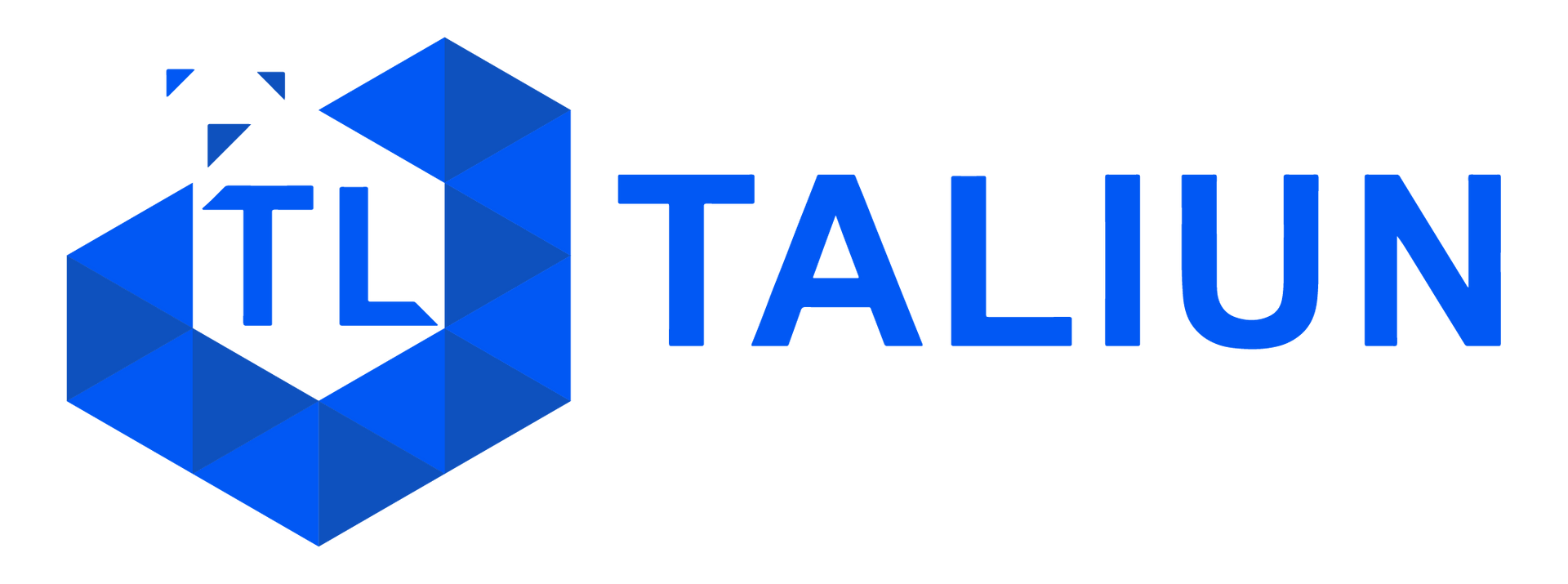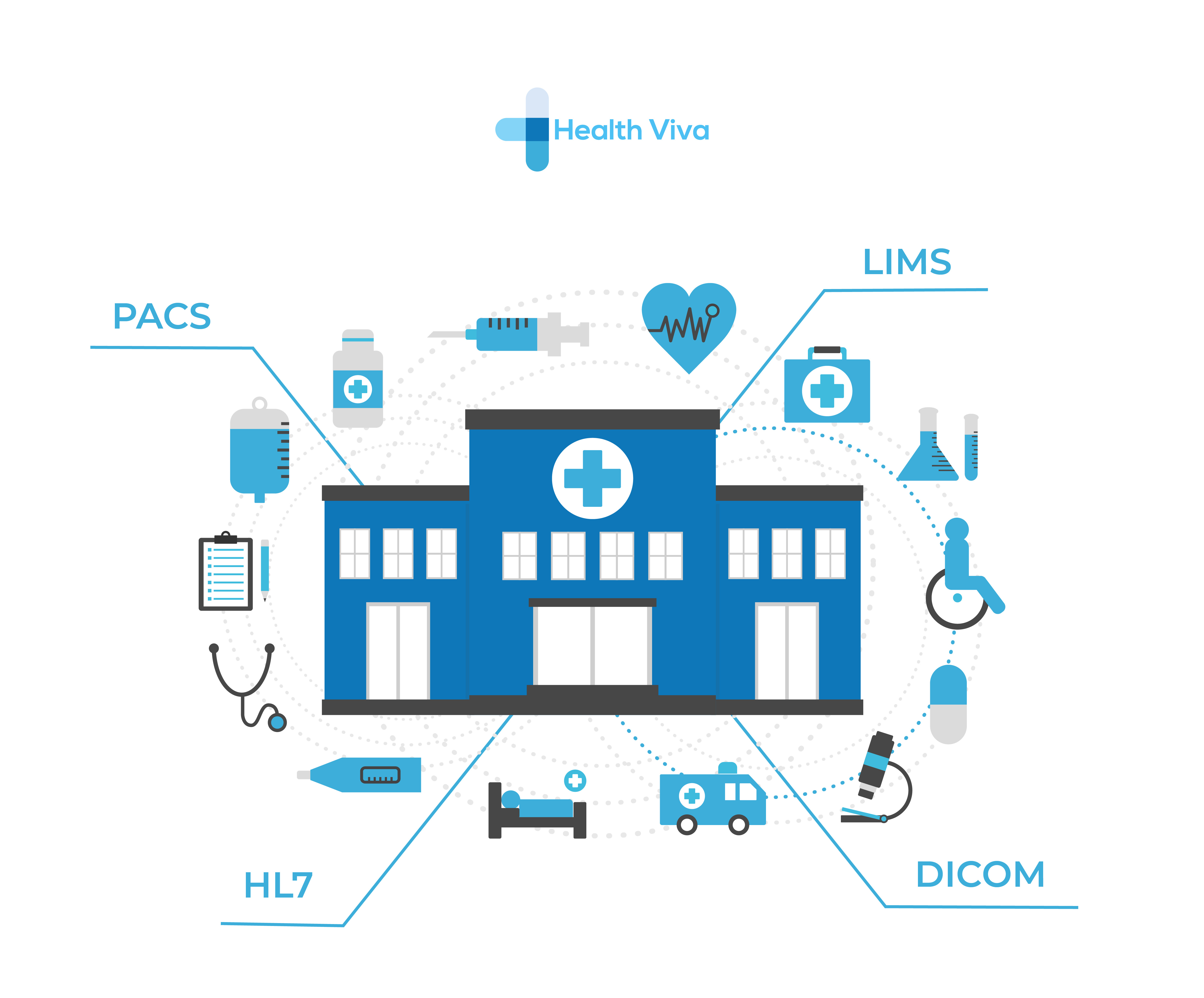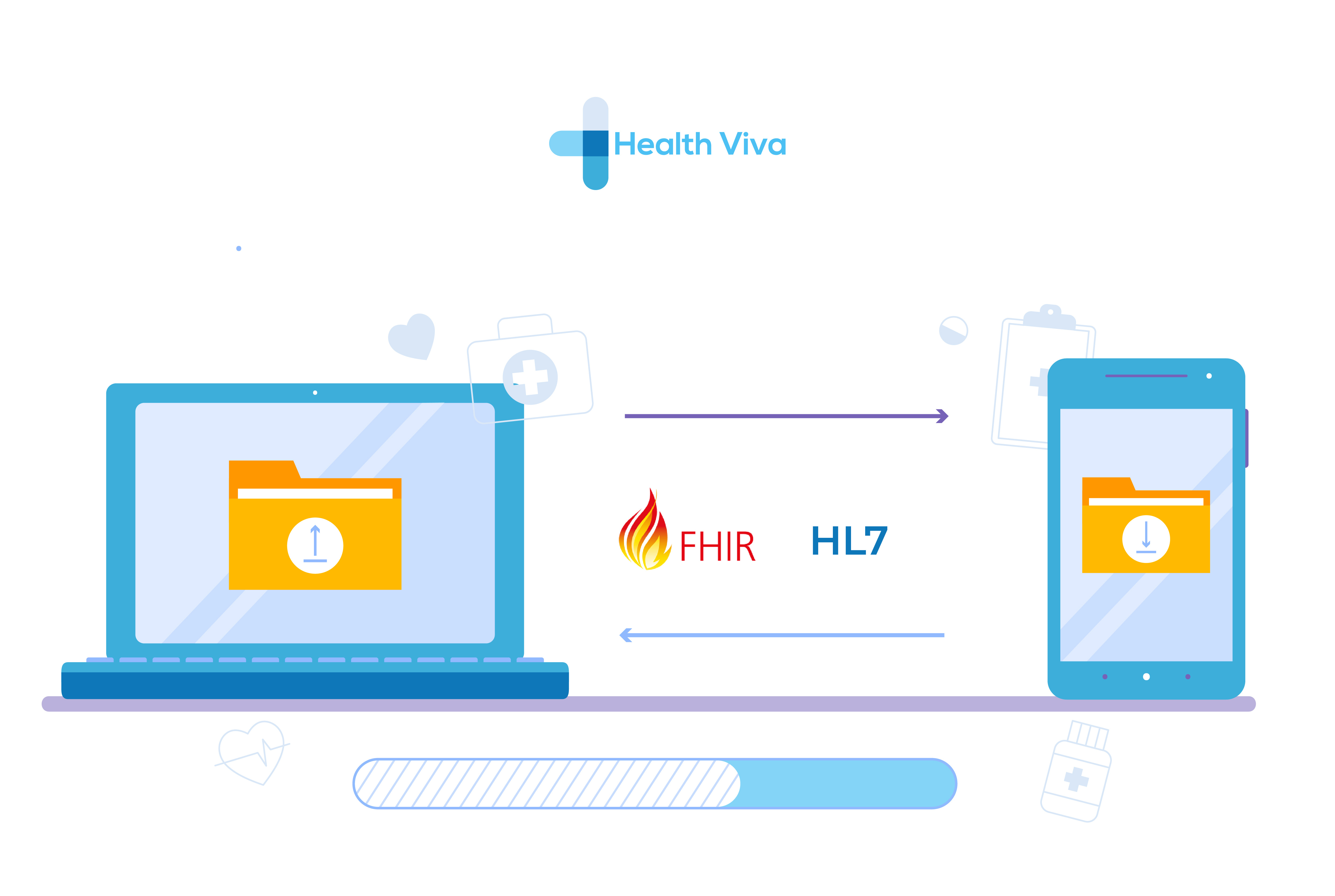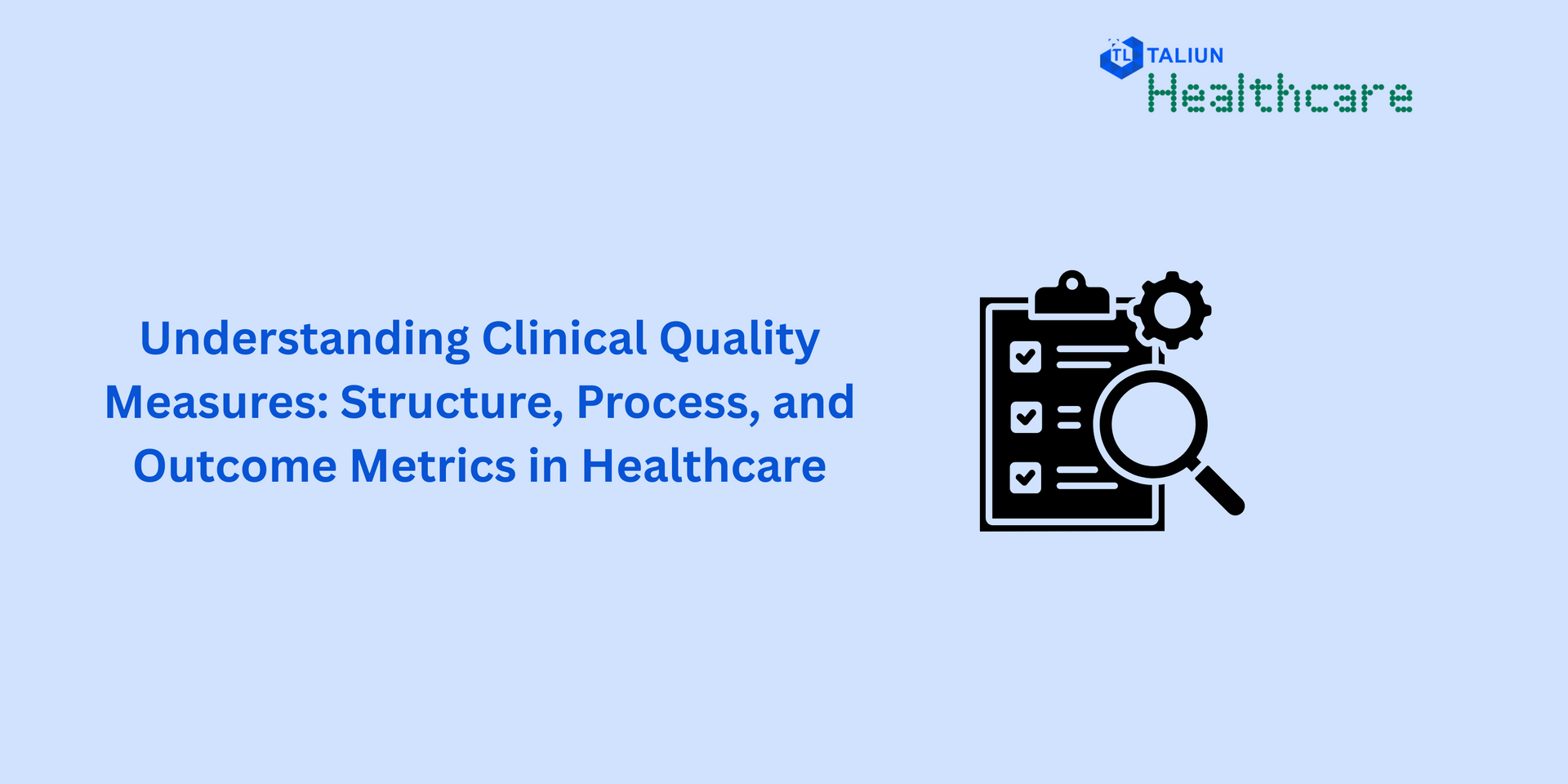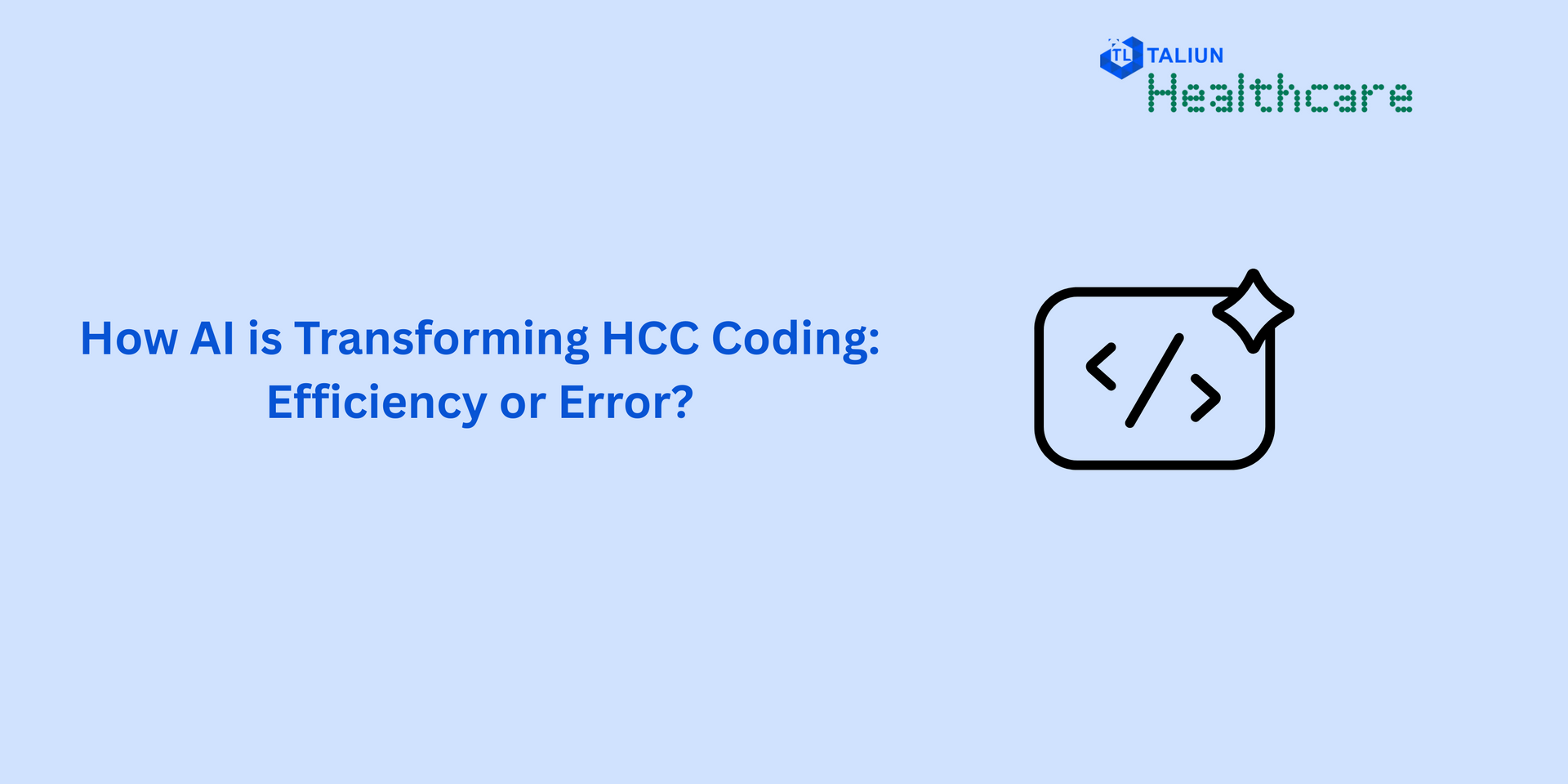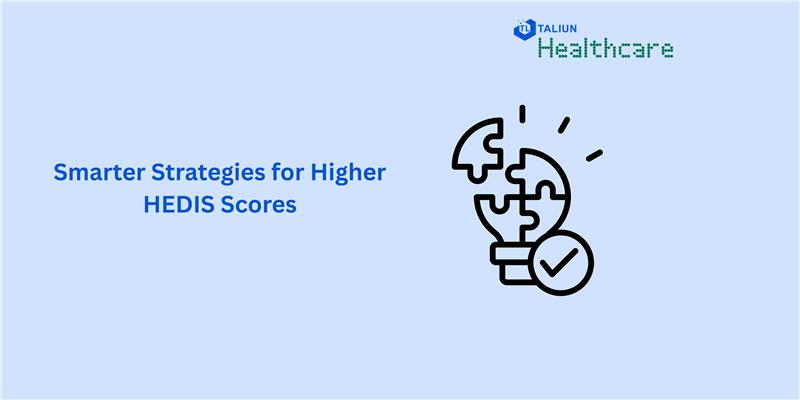Howdy!
Today we are back with a topic on Health Integration Engines, how the landscape has matured over a period of last few years to act as one of the most essential tools within a network. Before we start, lets understand more about Health Integration Engines and its role.
Health Integration Engine popularly known as HIE is a platform that supports smooth delivery of healthcare messages from one system to the other system within a healthcare network.
Typically, a healthcare network can be a group of multi-specialty clinics or a network with chain of bigger hospitals with both ambulatory and non-ambulatory offerings. Or one can create a network where providers, pharmacies and payer come together to exchange information to support a healthcare transaction.
Traditionally a Healthcare Integration Engine used to focus around HL7 integration capabilities of one source system to a destination system, however with time HIEs has been evolving as a platform of choice for supporting all operations within a healthcare delivery network.
Some of the most common features of an HIE are –
- Ability to act as a traditional ETL tool that perform Extract, Transform and Load operations
- Ability to interface with popular EHRs rapidly
- Ability to support exchange of wide variety of standardized data leveraging some of the popular standards like HL7, CCDA, FHIR, NCPDP, X12 N
- Supports delivery of messages using variety of protocols like TCP/IP, MLLP, FTP/SFTP, SMTP, HTTP, SOAP, Direct Database read and write operations with popular databases like MySQL, PostgreSQL, Oracle, Microsoft SQL Server etc.
- Ability to facilitate the exchange of clinical and administrative data like financial, and operational data.
- Leverages different data to provide a holistic view of patient health
- Ability to monitor the status of the interfaces, alert and log in case of failures
- Ability to track messages as they get delivered to the destination systems
- Ability to integrate with custom connectors that seamlessly provides integration with some of the EHRs in the market
- Intuitive UI with the ability to drag-and-drop functionality while one can definitely write custom code, provides great ease of use
- Ability to support variety of coding data formats like LOINC, NDC and CPT
- Ability to transform from one data format to other data format
- Allowing providers to take a 360-degree view of patient to derive meaningful insights
“The global healthcare IT integration market size is expected to reach USD 6.0 billion by 2025 from an estimated value of USD 3.5 billion in 2020, growing at a CAGR of 11.4% during the forecast period”.
